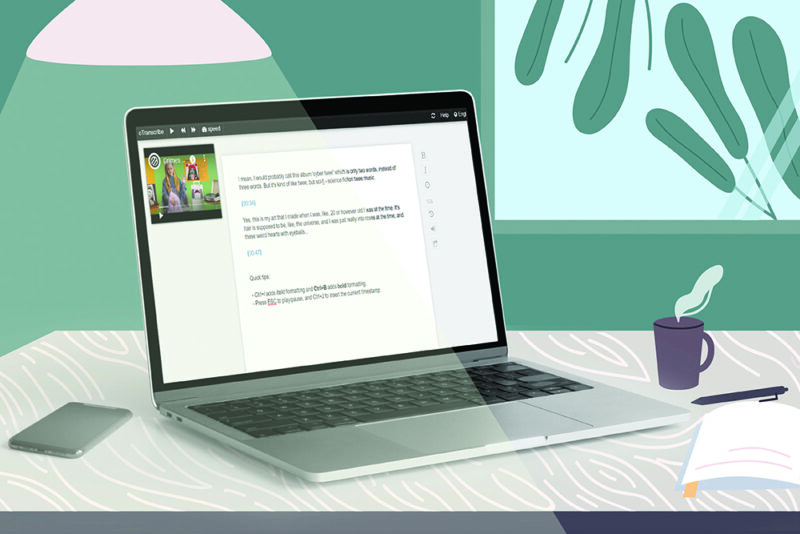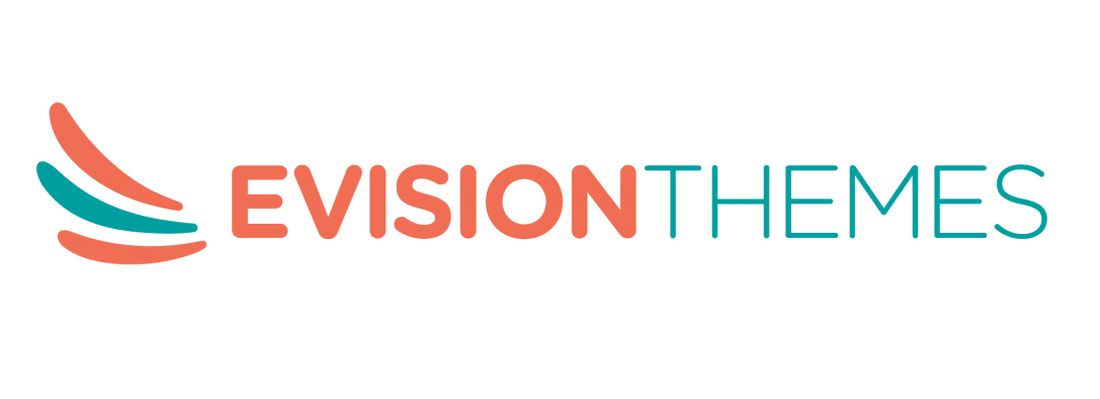Transcription is the process of converting audio or video recordings into written or typed text. This can be done by either human transcribers or by using speech-to-text software. Transcriptions are useful in a variety of fields, including journalism, legal proceedings, medical and research, and entertainment. They allow for accurate and efficient preservation and analysis of spoken language.
Human transcribers must have strong listening skills, excellent typing abilities, and a high degree of attention to detail. They listen to recorded audio and type out every word spoken, including speaker identification and nonverbal sounds such as laughter or background noise.
Speech-to-text software uses artificial intelligence and machine learning algorithms to transcribe audio in real-time. Although these programs are not yet as accurate as human transcribers, they are becoming increasingly sophisticated by undergoing different types of testing and can save time and cost in large transcription projects..
Transcriptions also play an important role in making audio and video content accessible for people who are deaf or hard of hearing. Closed captions and subtitles provide written text for the dialogue and sound effects in a video, allowing those who are deaf or hard of hearing to fully enjoy the content.
The digital age has made transcription services more accessible and convenient than ever. When transcribing software, it’s imperative to ensure that all of the details in the software are captured and documented correctly. It involves taking software code written in a specific programming language and converting it into text everyone can understand.
Tips on How to Transcribe Software

Transcribing software can be a daunting task for those who are unfamiliar with the process. You need a clear understanding of the program’s coding language and a good eye for detail to ensure accurate transcriptions. Below are some crucial tips that you should take into consideration when transcribing software.
Familiarize Yourself With the Software
Before you begin transcribing, take some time to explore the layout and different features of the software. Familiarize yourself with the interface and get comfortable navigating the program’s various parts. Make sure to carefully understand the coding system and any other features you will need to use during the transcription process. Doing this will help you to be more efficient and accurate when transcribing.
Read the Documentation
Reading the software’s documentation is key to understanding how the software works. Make sure to read up on all of the features and settings available in the program to transcribe the code better later. Read up on the coding syntax and any other specific instructions in the documentation. Ensure that you understand how the software works before you begin transcribing.
Break Down the Software’s Code Into Manageable Sections
The code that needs to be transcribed can be large and complex, making it difficult to understand. To make the progression easier and more efficient, break down the code into smaller, manageable sections. This approach will help you focus on one part of the code at a time and make it easier to capture the overall logic behind the code. Be sure to label each section clearly so you can easily reference it when needed.
Transcribe Each Section

Begin transcribing each section of code that you have broken down. Take your time and pay close attention to the details. Use simple language whenever possible and avoid jargon or technical terms wherever possible. Doing this will make your transcription more understandable to non-technical users who may be reading it later. Use descriptive words that accurately explain the logic behind each line. Remember that the end result should be easy to read and clearly explain the code to someone unfamiliar.
Test and Verify Your Transcript
It is essential to test and verify the transcript to ensure it is accurate and complete. Run tests on your transcript to see if it produces the desired results. Ensure that the transcript is consistent with the code. Counter-check your work and compare it to the original code to make sure that there are no discrepancies. Reviewing the transcript and making sure it is correct before moving on to the next section will prevent you from having to make corrections later on.
Look for Any Errors and Correct Them
Errors or inconsistencies in your transcript should be identified and corrected before you move on. Check the syntax of your code to ensure it follows the coding standards used by the software. Pay special attention to values, loops, and other code components, as these can be easy to overlook. If you spot any errors, debug and fix them before proceeding.
Document the Transcript in a User-Friendly Format
Present your transcript in a way that is easy for users to understand and navigate. Take some time to organize the transcript into logical sections with clearly labeled parameters, settings, and functions. Include annotations or comments to provide extra clarity and context wherever needed. You should also create a separate document explaining the transcript’s purpose and use.
Save and Back up the Files

Be sure to save your transcript in a secure location, such as a cloud-based drive or a storage device. Back up your files regularly and verify that the backups are working correctly. This approach will ensure that the software transcript is safe and accessible if you ever need to reaccess it. It will also help you avoid starting from scratch if the transcript becomes corrupted or lost.
Conclusion
Transcribing software is a complex process that requires attention to detail and a complete understanding of coding principles. Luckily, transcript software tools can help simplify the process and make it easier to organize and document the software. If you need your software transcribed, click here for alternatives, and above all, consider using a professional transcription service such as GoTranscript to ensure accuracy and quality. They will provide you with an easy-to-read transcribed version of your software that will be helpful for users to understand and use.
In conclusion, transcription is a valuable tool for capturing, preserving, and analyzing spoken language. Whether done by human transcribers or speech-to-text software, it is a crucial component in various industries and helps make audio and video content accessible to all.

